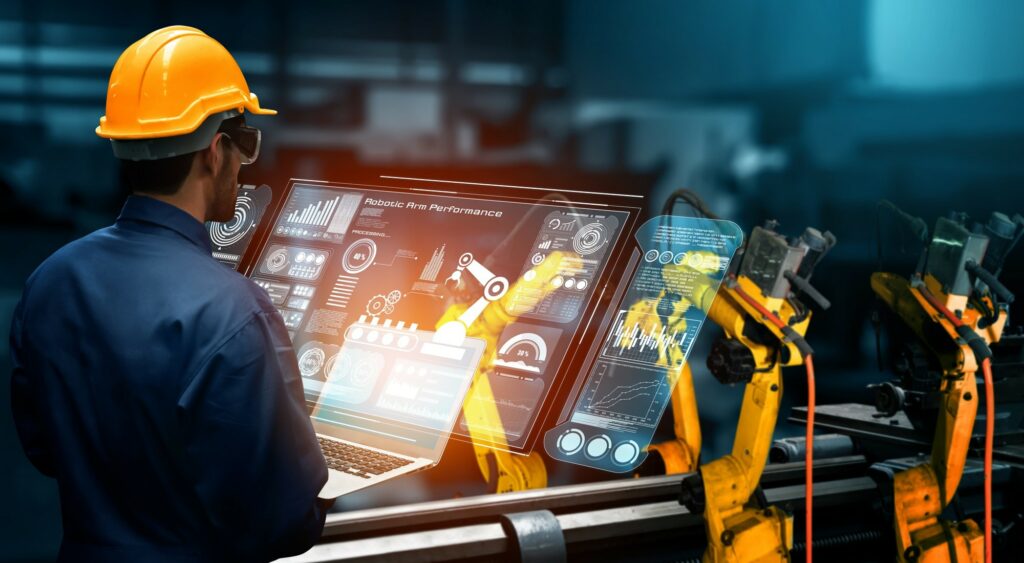Cobots have been developed to a point where the only thing differentiating them from their human co-workers is soft skills. Cobots developing adaptive capabilities, like decision-making or problem-solving, is challenging for engineers although progress is inevitable. With state-of-the-art sensors, actuators, and software, cobots are now capable of experiencing physical sensations, allowing them to feel and identify an object being touched. Here Claudia Jarrett, US country manager at automation parts supplier, EU Automation, discusses the advantages of tactile technologies for cobots. The first cobot was manufactured in 1996, designed for basic pick and place applications, and communicated with operators using motion resistance. Cobots have since come a long way towards supporting humans’ work in a safe way. They are now able to detect objects and people in their environment using vision sensors and can even slow down, or stop functioning, in case of unintended contact.
AMI Awarded $2M Grant from Florida Department of Commerce to Deploy Smart Manufacturing Lab
TALLAHASSEE, FL – Advanced Manufacturing International (AMI) has been awarded a $2M grant

